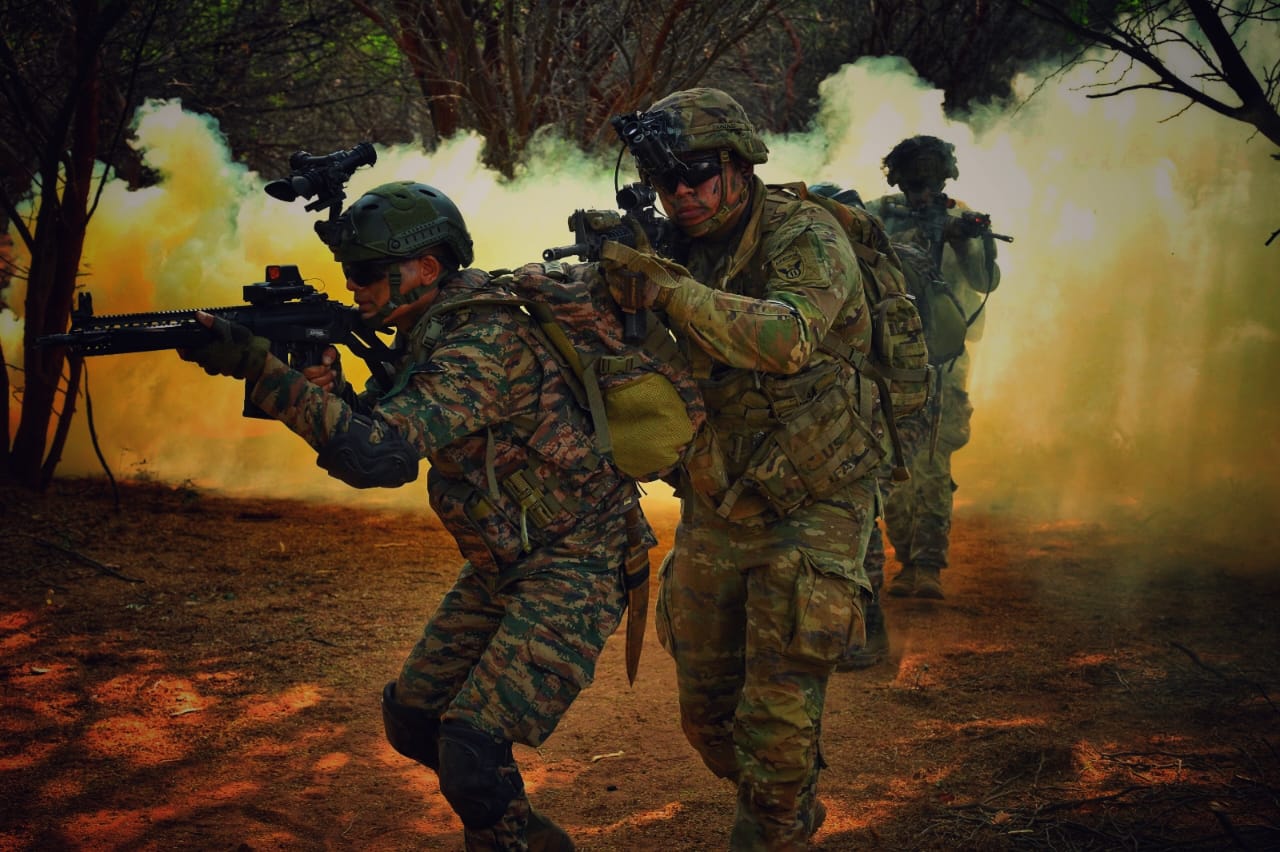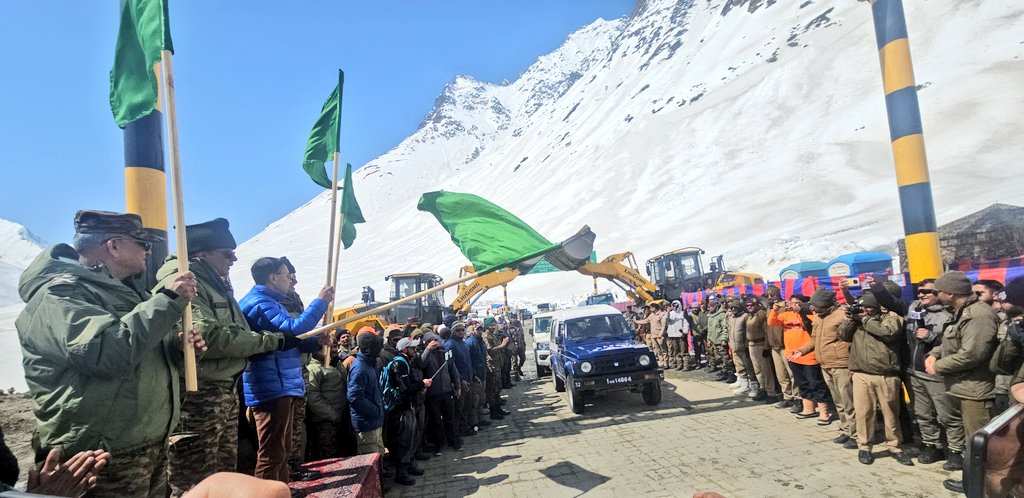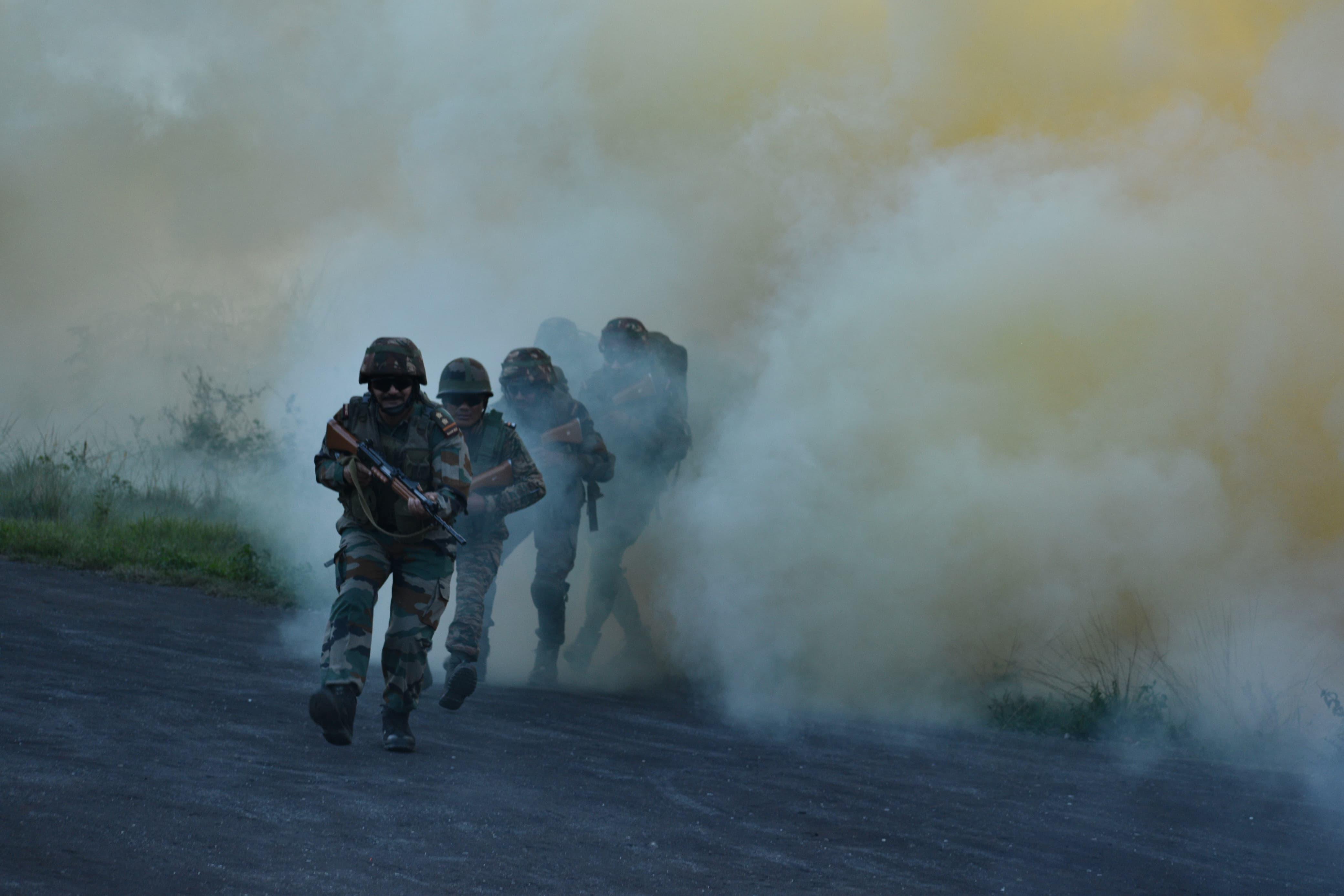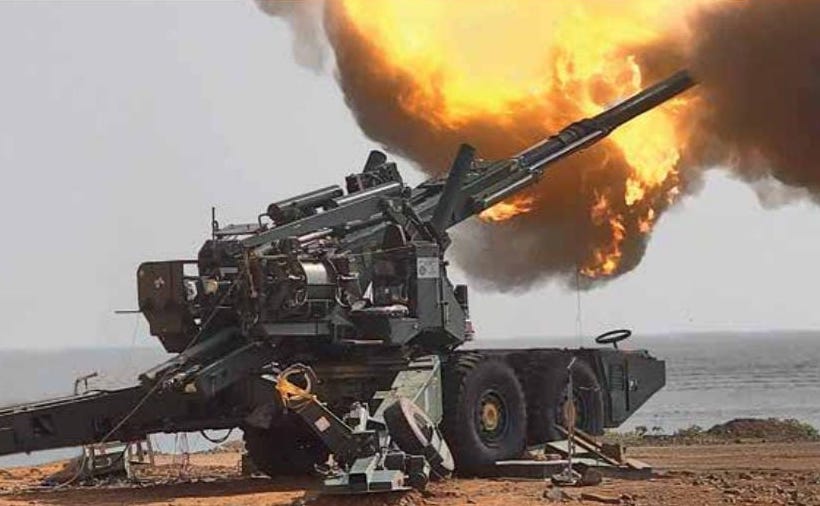 The Pangong lake in Ladakh. (Photo: Twitter)
The Pangong lake in Ladakh. (Photo: Twitter)
New Delhi: India has lost 26 out of 65 patrolling points near the line of actual control in eastern Ladakh, several media reports citing the contents of a research paper said. The reports said Leh’s senior superintendent of police, PD Nitya, submitted the paper in the annual Director General of Police Conference, which the Intelligence Bureau organized from January 20 to January 22.
The reports also said the prime minister, Narendra Modi, and the Union home minister, Amit Shah, attended the conference. However, the paper, which was one the 15 submitted by senior police officers on “Security Issues Pertaining to Unfenced Land Border”, was not discussed during the event.
Read also: New Delhi must force Beijing to blink
In the paper, Nitya stated that India’s security forces are no longer able to patrol 26 patrolling points between the Karakoram pass and the Chumur region in eastern Ladakh.
It may be noted that eastern Ladakh has several “friction points” where the Indian Army and China’s People’s Liberation Army troops are in an eyeball-to-eyeball stand-off with each other. The region saw a deadly clubs-and-stones clash between the troops of the two countries, in June 2020, in which 20 Indian troops, including a colonel, and at least four Chinese soldiers were killed.
Read also: Rajnath says China tried to change status quo in Tawang
Nitya further stated that these areas, which once used to be patrolled by the Indian troops, have now been turned into “informal buffer zones” because of India’s “play safe” approach that restricted the movement of local officials and people in forward areas. This approach and the lack of patrolling to those points facilitated the Chinese troops to occupy them.
According to some of the media reports on this, Nitya, in her paper, said: “Presently, there are 65 PPs [patrolling points] starting from Karakoram pass to Chumur which are to be patrolled regularly by the ISFs (Indian security forces). Out of 65 PPs, our presence is lost in 26 PPs (i.e., PP No. 5-17, 24-32, 37, 51, 52, 62) due to restrictive or no patrolling by the ISFs. Later, China forces us to accept the fact that, as such areas have not seen the presence of ISFs or civilians since long, the Chinese were present in these areas. This leads to a shift in the border under control of ISFs towards the Indian side and a ‘buffer zone’ is created in all such pockets which ultimately leads to loss of control over these areas by India. This tactic of the PLA to grab land inch-by-inch is known as ‘salami-slicing’.”
Read also: Indian and Chinese troops clash again at LAC in Arunachal
The reports quoted Nitya’s paper as further saying: “During an interaction with one senior Army officer, whose unit is based right on the forward area, he said, if by retreating 400 metres we can buy peace with the PLA for four years, then it’s worth it.”
The paper also held the Indian Army’s defensive attitude responsible for the loss of the patrolling points.
She said, “Till September 2021, senior officers of district administration and security forces would easily patrol till the Karakoram pass (35 kilometres from Daulat Beg Oldie) in the DBO sector. However, restrictions in the form of check posts were placed by the Indian Army since December 2021 at DBO itself to stop any such movement towards Karakoram pass as the PLA had installed cameras and they would immediately raise objections on the movement from the Indian side if not informed beforehand.”
Read also: India must move quickly to settle border dispute with China
Nitya’s paper also highlighted how new restrictions on movements placed by India have robbed the Rebo nomadic community of access to vast swaths of traditional grazing pastures in the Changthang region.
It said: “Since 2014, enhanced restrictions on the grazing movement and areas have been imposed on the Rebos by ISFs and this has caused some resentment against them. The soldiers are especially deployed in disguise to stop the movement of Rebos to the higher reaches that could be objected to by the PLA and similarly the development works in the border villages, like Demchok, Koyul which are under direct electronic surveillance of the PLA, suffers as they raise objections promptly.”
Read also: LAC, PP14, reality and lies – Walking down Galwan valley with Brig RJS Dhillon
It may be noted that media outlets, like this and this, have been reporting on the loss of grazing grounds for local herders in eastern Ladakh due to the restrictions imposed in the last two years or so.
The government is yet to make an official comment on the media reports on PD Nitya’s research paper.










